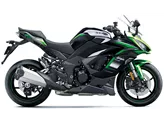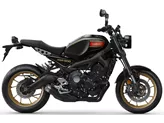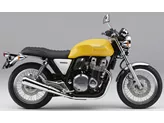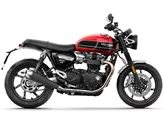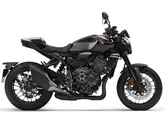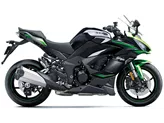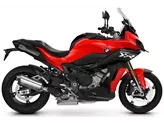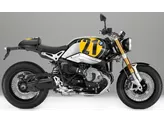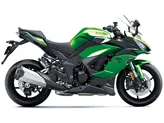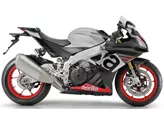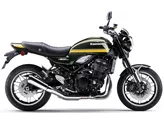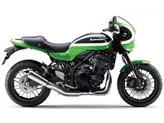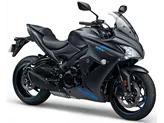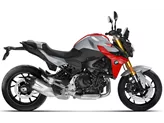Kawasaki Ninja 1000SX 2021 vs. Kawasaki Z900 RS 2018
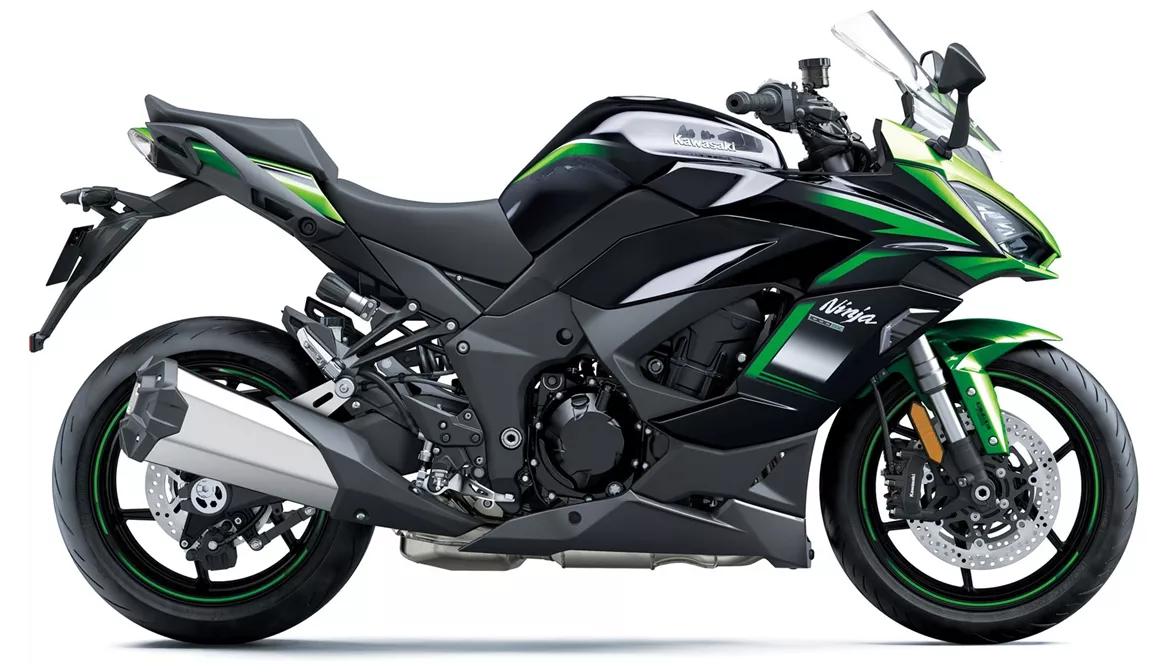
Kawasaki Ninja 1000SX 2021

Kawasaki Z900 RS 2018
Overview - Kawasaki Ninja 1000SX 2021 vs Kawasaki Z900 RS 2018
The Kawasaki Ninja 1000SX 2021 and the Kawasaki Z900 RS 2018 are both impressive motorcycles, but they have some notable differences.
Starting with the technical specifications, the Ninja 1000SX 2021 boasts a more powerful engine with 142 HP compared to the Z900 RS 2018's 111 HP. The Ninja 1000SX also has higher torque at 111 Nm, while the Z900 RS has 98.6 Nm. Both bikes feature a 4-stroke, liquid-cooled engine and a chain transmission. However, the Ninja 1000SX has a larger displacement at 1043 ccm compared to the Z900 RS's 948 ccm.
In terms of suspension, both bikes have upside-down telescopic forks at the front and a swing arm suspension at the rear. The Ninja 1000SX offers more travel in both the front and rear suspension, with 120 mm and 144 mm respectively. The Z900 RS has 120 mm of travel in the front and 140 mm in the rear. Both bikes have adjustable suspension, with the Ninja 1000SX offering compression, preload, and rebound adjustments for both front and rear, while the Z900 RS only has preload and rebound adjustments for the rear.
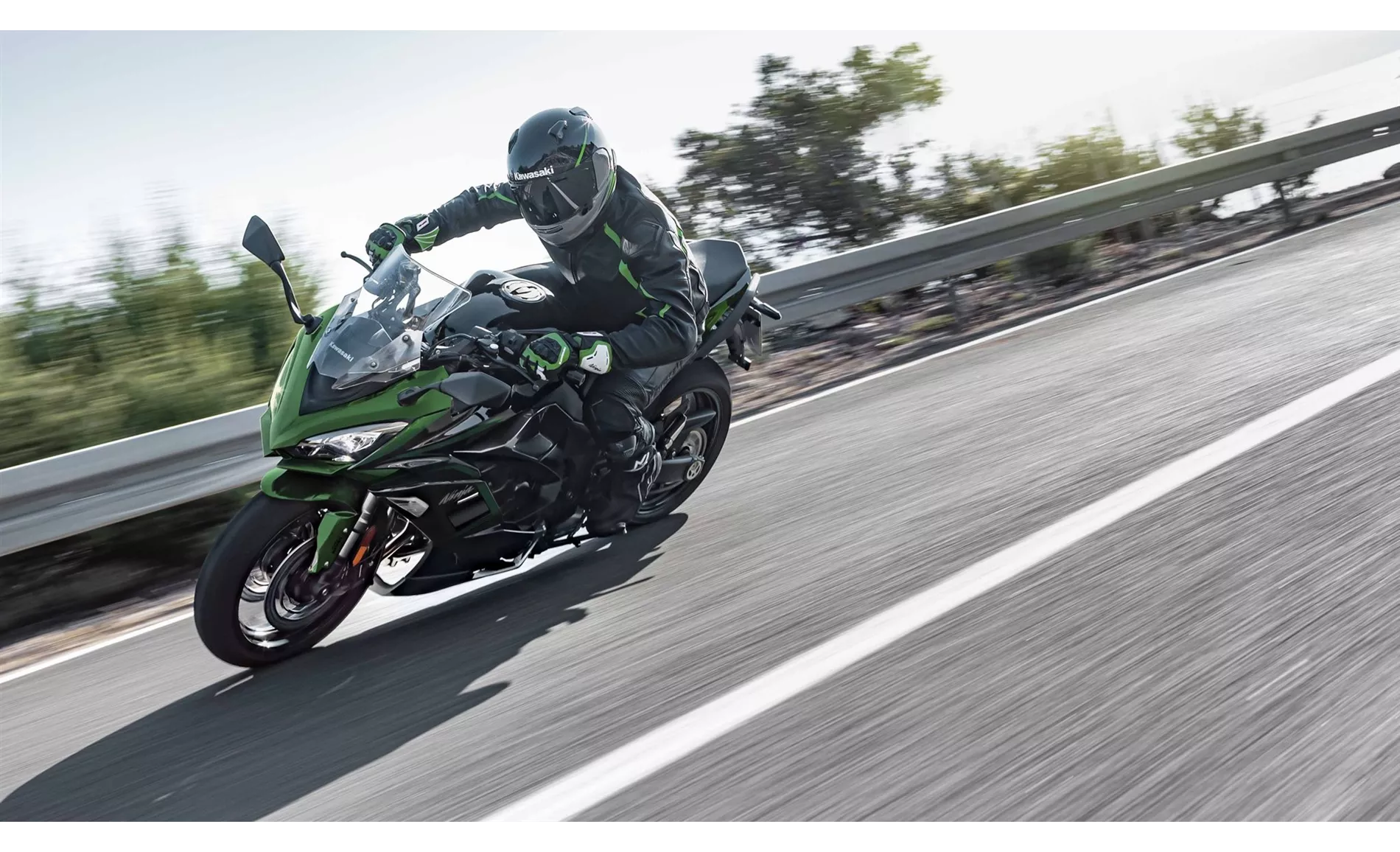
Kawasaki Ninja 1000SX 2021
When it comes to the chassis, the Ninja 1000SX features an aluminum frame, providing a lightweight and rigid structure. On the other hand, the Z900 RS has a steel frame, which may make it slightly heavier.
In terms of braking, both bikes have double disk brakes at the front with a diameter of 300 mm and four pistons. The Ninja 1000SX has an advantage in terms of assistance systems, offering advanced rider assistance systems such as ABS, riding modes, cornering ABS, ride by wire, quickshifter, and traction control. The Z900 RS, on the other hand, only has ABS, ride by wire, and traction control.
In terms of dimensions and weights, the Ninja 1000SX has a slightly smaller wheelbase at 1440 mm compared to the Z900 RS's 1470 mm. Both bikes have a similar seat height, with the Ninja 1000SX at 834.98 mm and the Z900 RS at 835 mm. The Ninja 1000SX is slightly heavier with a kerb weight of 235 kg compared to the Z900 RS's 215 kg. The Ninja 1000SX also has a larger fuel tank capacity at 19 liters, while the Z900 RS has a capacity of 17 liters.

Kawasaki Z900 RS 2018
Now let's discuss the strengths and weaknesses of each bike. The Ninja 1000SX 2021 is praised for its silky four-cylinder engine, comfortable yet sporty ergonomics, wind protection, standard electronics package, stability thanks to the full fairing, and accessibility. However, some weaknesses include the engine needing revs, electronics that could be more user-friendly, and a windshield that can only be adjusted with two hands.
On the other hand, the Z900 RS 2018 is commended for its powerful and smooth engine, good looks, comfortable seating position, easy rideability, and balanced handling. It is described as neither nervous nor ponderous. However, some weaknesses of the Z900 RS include the lack of a shift assistant, being heavier than other retro bikes in its class, a seat that may be too soft for long tours, and the absence of wind protection.
In conclusion, the Kawasaki Ninja 1000SX 2021 and the Kawasaki Z900 RS 2018 are both impressive motorcycles with their own strengths and weaknesses. The Ninja 1000SX offers more power, advanced rider assistance systems, and a larger fuel tank capacity. On the other hand, the Z900 RS has a powerful engine, good looks, and a comfortable seating position. Ultimately, the choice between these two bikes will depend on the rider's preferences and priorities.
Technical Specifications Kawasaki Ninja 1000SX 2021 compared to Kawasaki Z900 RS 2018
Pros and Cons in comparison
Pros and Cons in comparison
Kawasaki Ninja 1000SX 2021
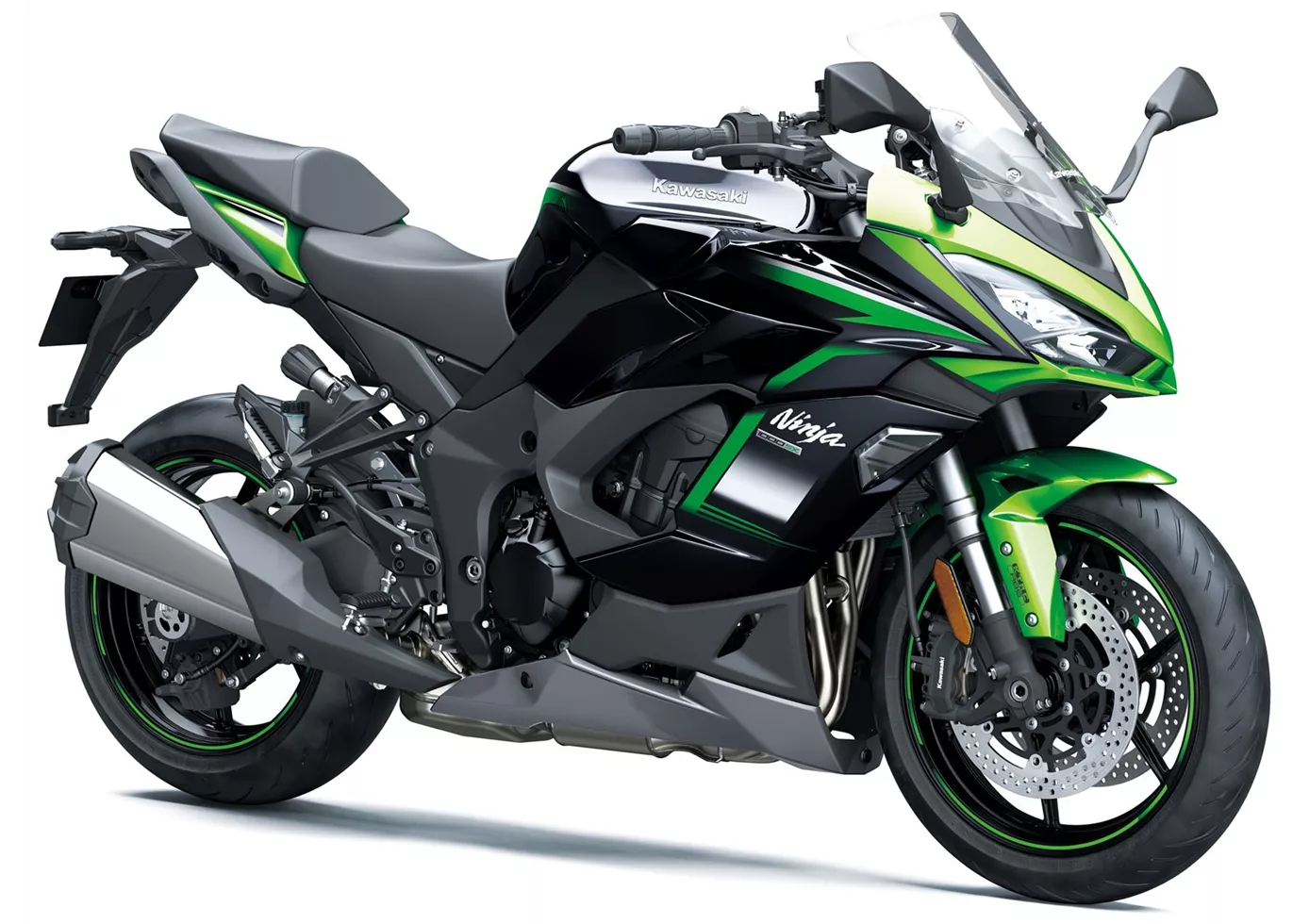
A sports tourer of the old school. The Kawasaki Ninja 1000SX fulfils all the points you would expect from this bike category. Added to this is a comprehensive electronics package that offers everything you could wish for when travelling - and at no extra charge! The fact that the operation is perhaps not quite as intuitive as the competition already manages, is forgiven at the latest when you take a look at the price tag.
Kawasaki Z900 RS 2018

Its four-cylinder is silky smooth while delivering enough power to make you grin under your helmet. It is also very easy to move, which should make it a great commuter bike in everyday life and serve as an iconic fun bike at the weekend. The looks find the perfect straddle of classic design and modern details to form a coherent retro package that is also a worthy tribute to Kawasaki history. It's a great naked bike with a snazzy look.
Price Comparison Avarage Market Price Kawasaki Ninja 1000SX vs Kawasaki Z900 RS
There are a few key differences between a Kawasaki Ninja 1000SX 2021 and a Kawasaki Z900 RS 2018. In terms of price, the actual average price of a Kawasaki Ninja 1000SX 2021 is about 6% higher. Compared to Kawasaki Z900 RS 2018 there are less Kawasaki Ninja 1000SX 2021 bikes available on the 1000PS.de Marketplace, specifically 14 compared to 28. It takes less time to sell a Kawasaki Ninja 1000SX with 118 days compared to 154 days for a Kawasaki Z900 RS. Since model year 2020 1000PS.de editors have written 13 reviews for the Kawasaki Ninja 1000SX and 26 reviews for the Kawasaki Z900 RS since model year 2018. The first review for the Kawasaki Ninja 1000SX was published on 11/5/2019 and now has more than 40,500 views. This compares to more than 63,700 views for the first review on Kawasaki Z900 RS published on 9/6/2017.


